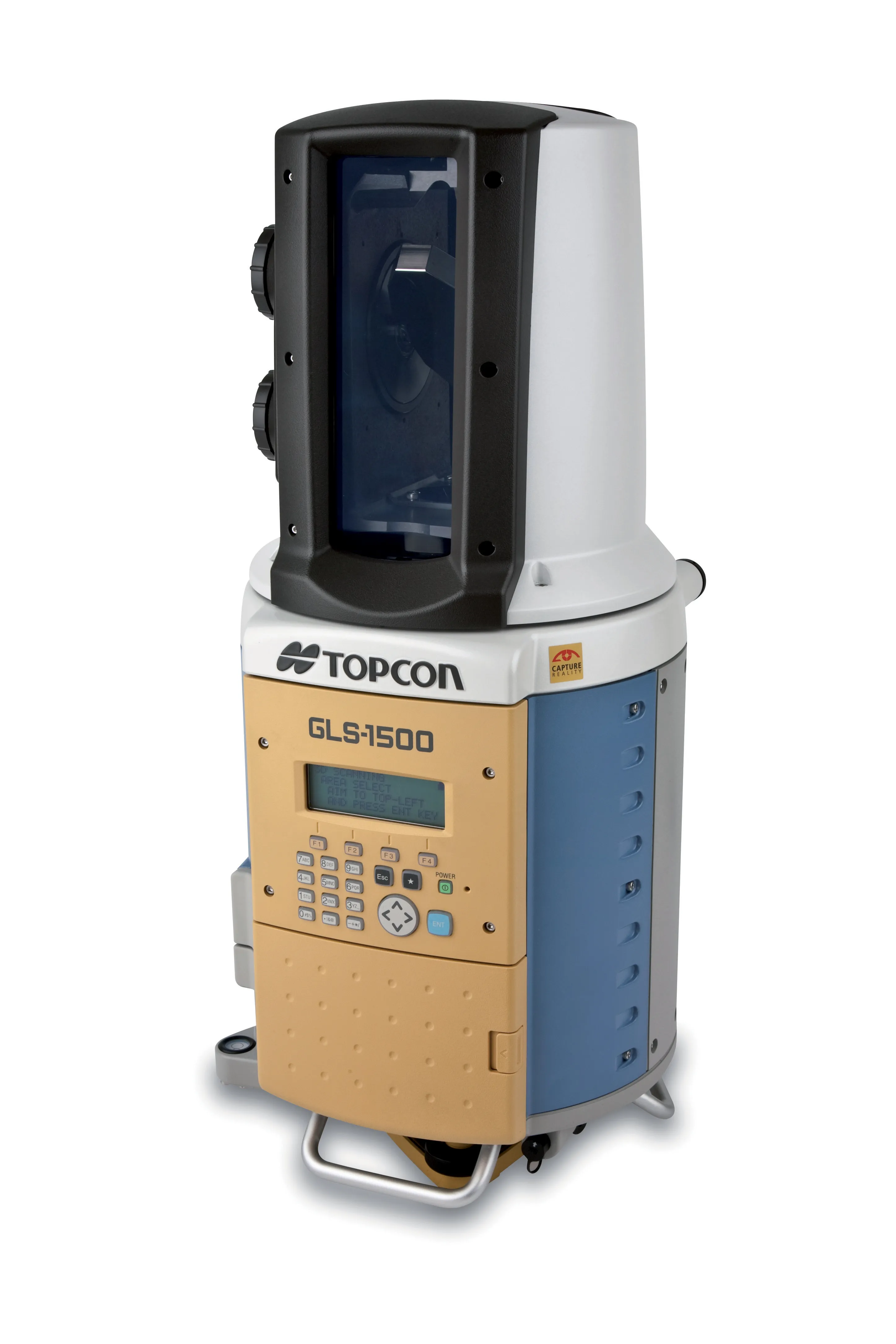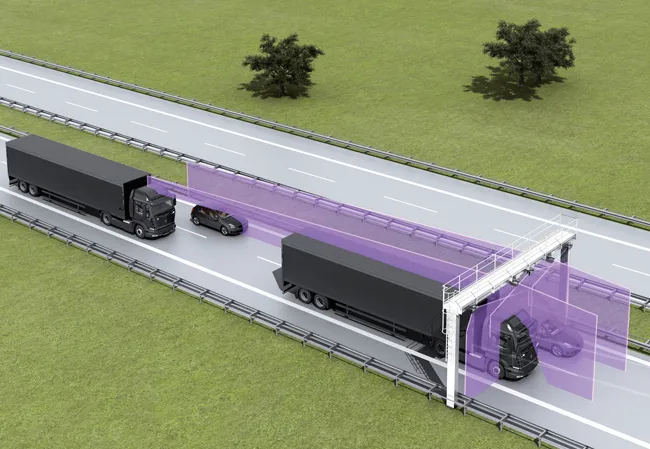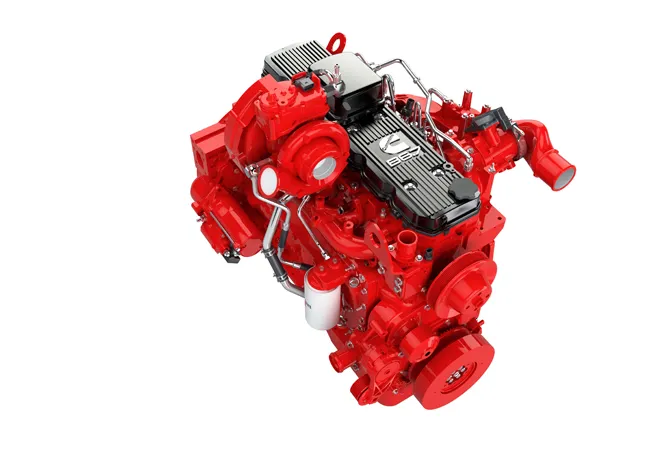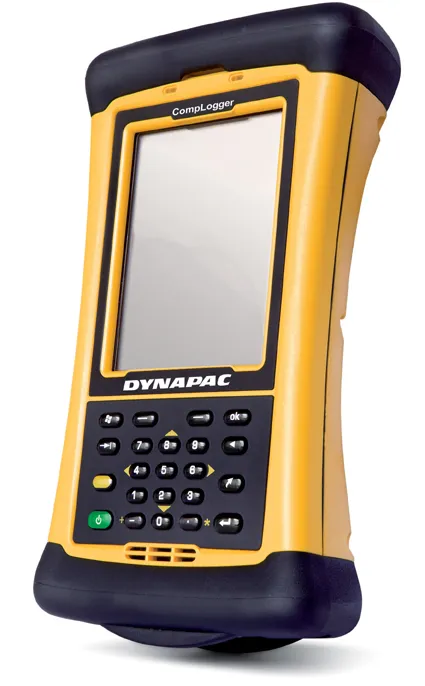TOPCON CLAIMS that its GLS- 1500 laser scanner speeds point cloud collection. This unit is 10 times faster than previous units and collects up to 30,000 points/second, reducing the amount of equipment needed in the field. The GLS-1500 offers a range of up to 330m and is designed for quick setup to save time and improve productivity.
February 6, 2012
Read time: 2 mins

Robust and field-ready the instrument will run in the harshest of conditions. Data quality is second to none and this combines with advanced scanning technology. Topcon's precise scanning technology allows consistent high accuracy measurements over a wide range of distances. The SAW filtering allow the GLS- 1500 scanner a maximum measurement range of 330m, while the lens array optics technology maintain distance accuracy from 1-150m. On Board scan control software stores scan data and images to a standard SD card for easy download while the units features an eye-safe and invisible Class 1 Laser with lower power consumption.
Topcon is also offering a high performance field controller with its new FC-250. The FC-250 is designed to give users increased power and performance in a rugged and compact unit. The FC-250 has the operating system power of the latest Windows Mobile Version 6.5. It has PC performance with an 806MHz processor and 256MB SDRAM to speed up data collection in the field. The FC-250 also has a built-in Bluetooth modem and wireless LAN capability as standard features. This unit offers improved graphics and userinterface as well as higher performance for handling video images.
When used with Topcon's IS Imaging Station, the FC-250 displays real-time images transferred from the IS via wireless LAN, allowing users to work with live images. Additional features include a touch-screen display, optional spread spectrum radio, an optional long-range Bluetooth modem, quick access to swap the battery, SD and CF card slots and USB, and DE-9 com ports.









